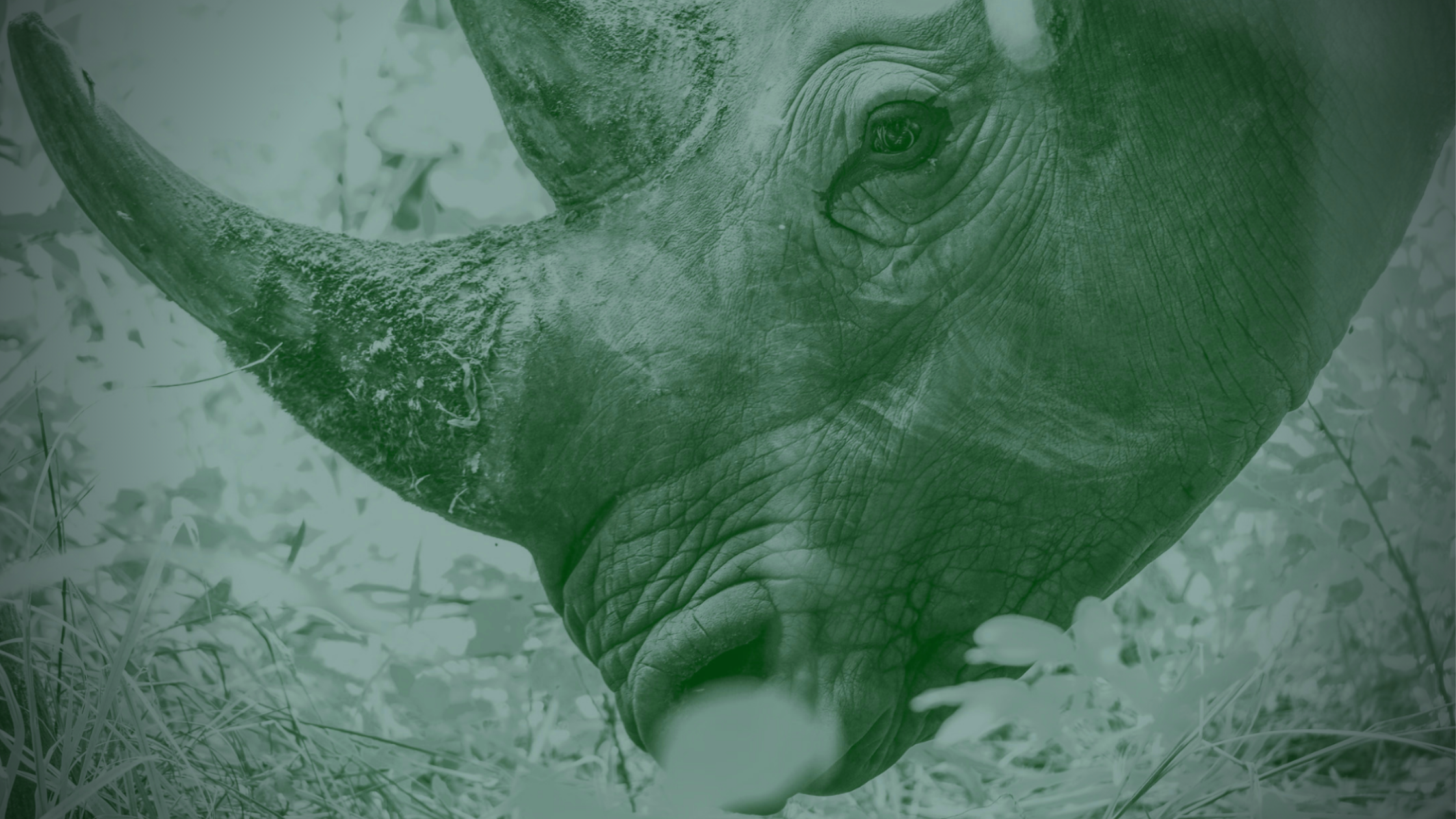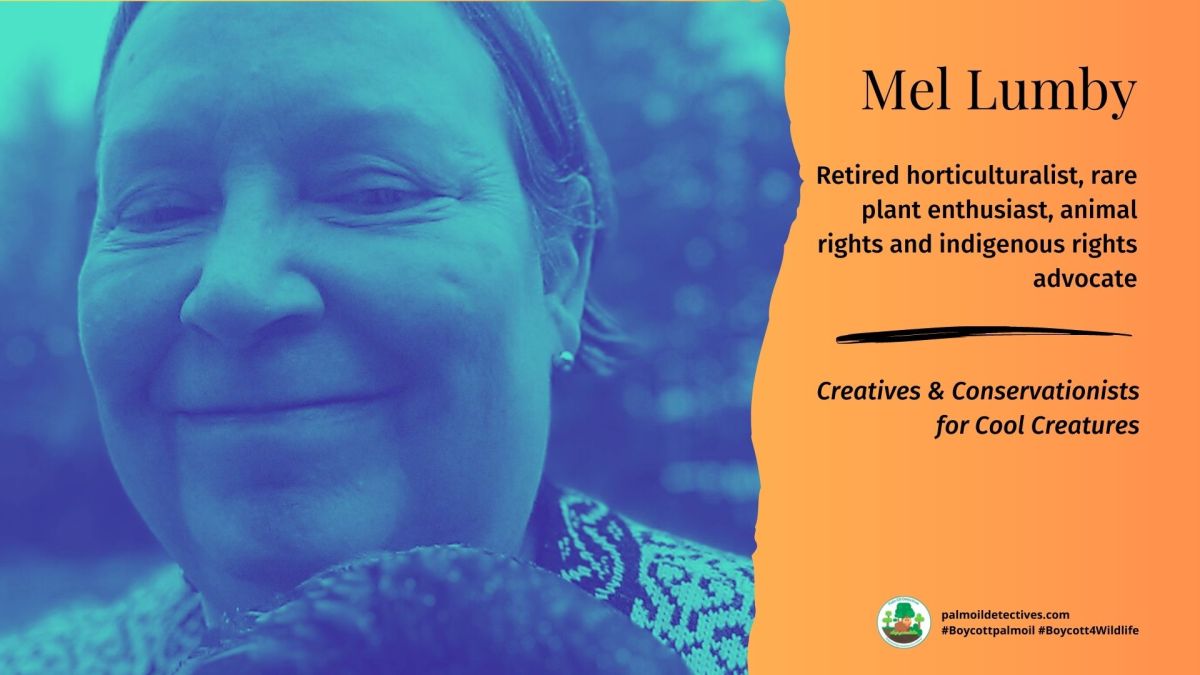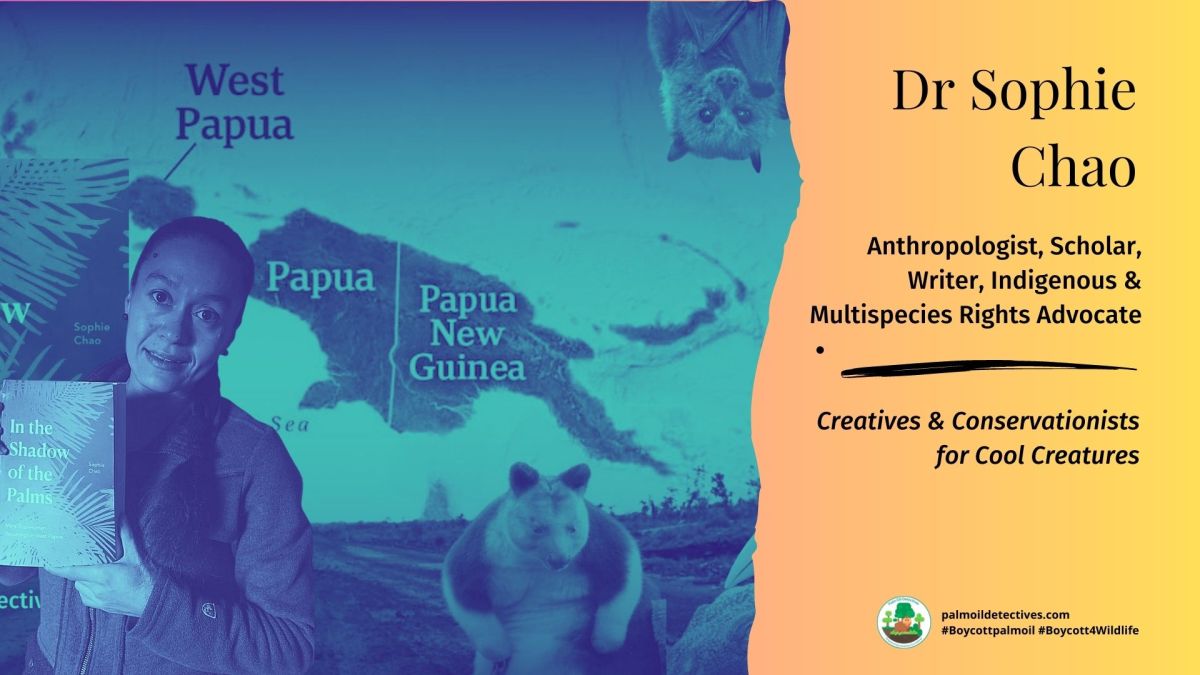Abbott’s Gray Gibbon Hylobates abbotti
Endangered
Indonesia (Kalimantan); Malaysia (Sarawak)
The Abbott’s Gray Gibbon belongs to the genus Hylobates. The word Hylobates means ‘Forest Walker’ in Greek. The gibbons in this genus are known for the white circle of fur around their faces. They are known to communicate in species-specific song when defining territory or attracting mates. They sing in regional accents to each other, have long swinging arms, inquisitive natures and superior acrobatic skills, they spend most of their lives high up in the tree-tops.
The Abbott’s Gray Gibbons sing local accents, they’re endangered in #Kalimantan #Indonesia and #Malaysia due to threats incl. #deforestation for #palmoil and #agriculture. Support this species’ survival by joining the #Boycott4Wildlife
Tweet
These gibbons are threatened by habitat loss due the expansion of agricultural plantations, clear-felling for timber and, to a lesser extent, selective logging, all of which are exacerbated by forest fires associated with El Niño events.
The Abbott’s Gray Gibbon lives in primary and secondary semi-deciduous monsoon, dipterocarp, tropical evergreen forest, and logged forest (tolerant to a certain extent and in the condition that fruit-bearing trees are still retained). Their diet includes young leaves, fruits, flowers, and insects. This species is yet to be studied in the wild for a better understanding of ecology. Hylobates abbotti is considered Endangered under Criterion A4cd, based on an overall suspected population reduction of 50% or more over the previous generation (2004-2018), which is expected to continue impacting the next two generations (2019-2048).
Illegal hunting and live capture for the pet trade pose additional threats (Bartlett 2007, Campbell et al. 2008, 2015, Cheyne et al. 2016).
Support this animal’s survival
The Gibbon Rehabilitation Project you can also create art to support this species with Creatives for Cool Creatures.
Further Information

Cheyne, S.M. & Nijman, V. 2020. Hylobates abbotti. The IUCN Red List of Threatened Species 2020: e.T39889A17990882. https://dx.doi.org/10.2305/IUCN.UK.2020-2.RLTS.T39889A17990882.en. Downloaded on 05 February 2021.

How can I help the #Boycott4Wildlife?
Contribute in five ways
1. Join the #Boycott4Wildlife on social media and subscribe to stay in the loop: Share posts from this website to your own network on Twitter, Mastadon, Instagram, Facebook and Youtube using the hashtags #Boycottpalmoil #Boycott4Wildlife.
2. Contribute stories: Academics, conservationists, scientists, indigenous rights advocates and animal rights advocates working to expose the corruption of the palm oil industry or to save animals can contribute stories to the website.
3. Supermarket sleuthing: Next time you’re in the supermarket, take photos of products containing palm oil. Share these to social media along with the hashtags to call out the greenwashing and ecocide of the brands who use palm oil. You can also take photos of palm oil free products and congratulate brands when they go palm oil free.
4. Take to the streets: Get in touch with Palm Oil Detectives to find out more.
5. Donate: Make a one-off or monthly donation to Palm Oil Detectives as a way of saying thank you and to help pay for ongoing running costs of the website and social media campaigns. Donate here








